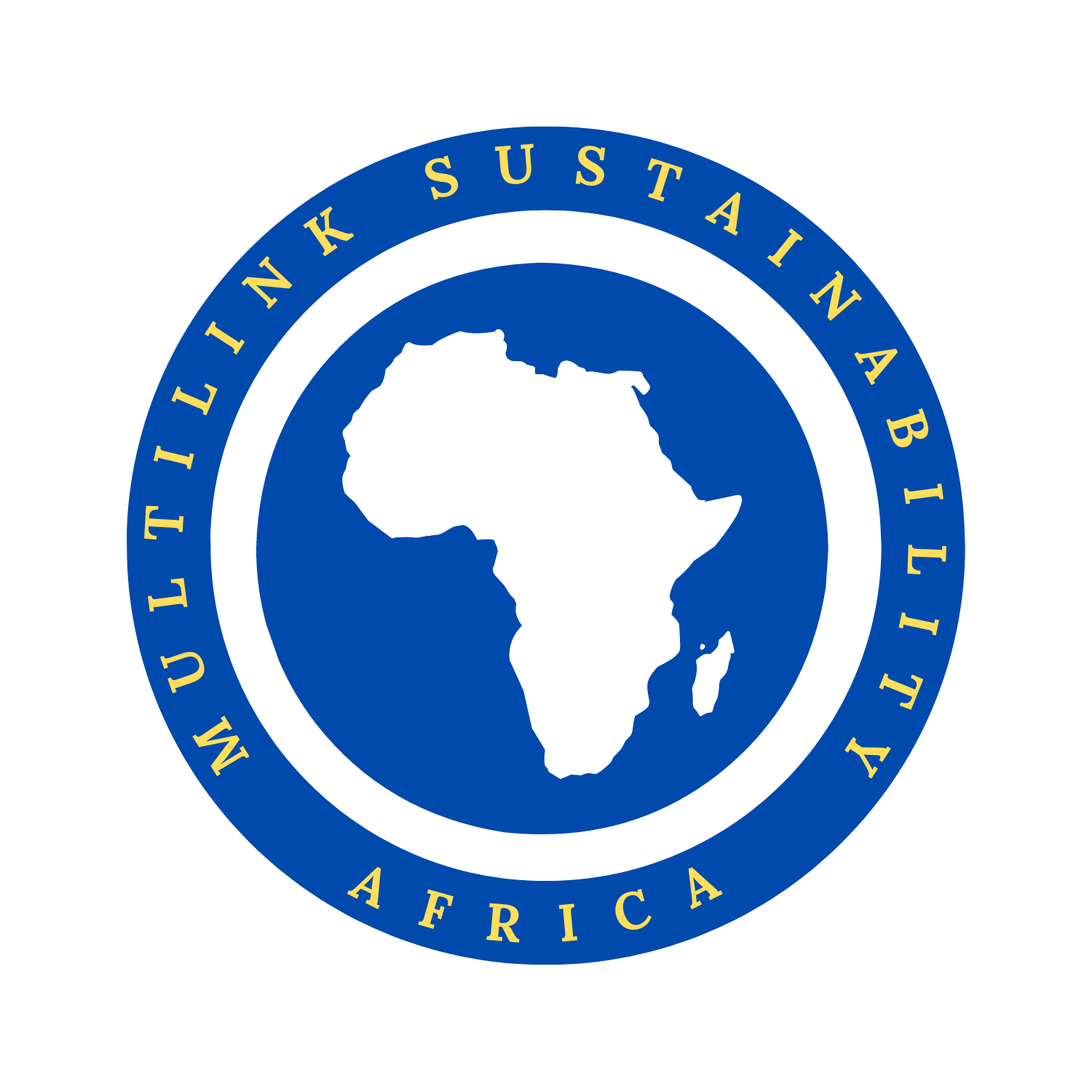Background of SLCP Project Phase 1:
Black carbon, Hydrofluorocarbons (HFCs), tropospheric ozone and methane are a group of short-lived climate pollutants which together account for between 40-45% of global warming[1]. Fast mitigation of SLCPs, in conjunction with the global reduction of carbon emissions, is therefore critical for slowing the rate of climate change in the coming decades and for protecting the people and regions most vulnerable to near-term climate impacts.
Project Summary and Objectives:
- To engage sub-national governments and CSOs in identifying gaps and needs on phasing down of Short-Lived Climate Pollutants.
- To design and develop a guideline on mainstreaming of the Short-Lived Climate Pollutants to sub-national governments plans, policies and Legislations.
iii. To build the capacity of sub-national governments to enhance the mainstreaming of Short-Lived Climate Pollutants in sub-national governments plans, policies and Legislations.
- To build the capacity of civil society to enhance their engagement and influence of Short-Lived Climate Pollutants in climate change policies, plans and programmes
- To sensitize sub-national governments and CSOs on the effect of Short-Lived Climate Pollutants on climate change, air quality and Health.
- To enhance the technical capacity of the Council of Governors (COG) on Short Lived Climate Pollutants to facilitate their integration and implementation in climate change policies, plans and programmes at sub-national level
vii. To track Kenya’s commitments under the United Nations Framework Convention on Climate Change (UNFCCC) climate process to identify near-term climate mitigation priorities in Kenya’s national climate commitments by subnational governments and civil society organizations.
viii. To provide directional input to the project and advice the project on linkages with relevant themes such as Just Transition and Climate Resilience.
